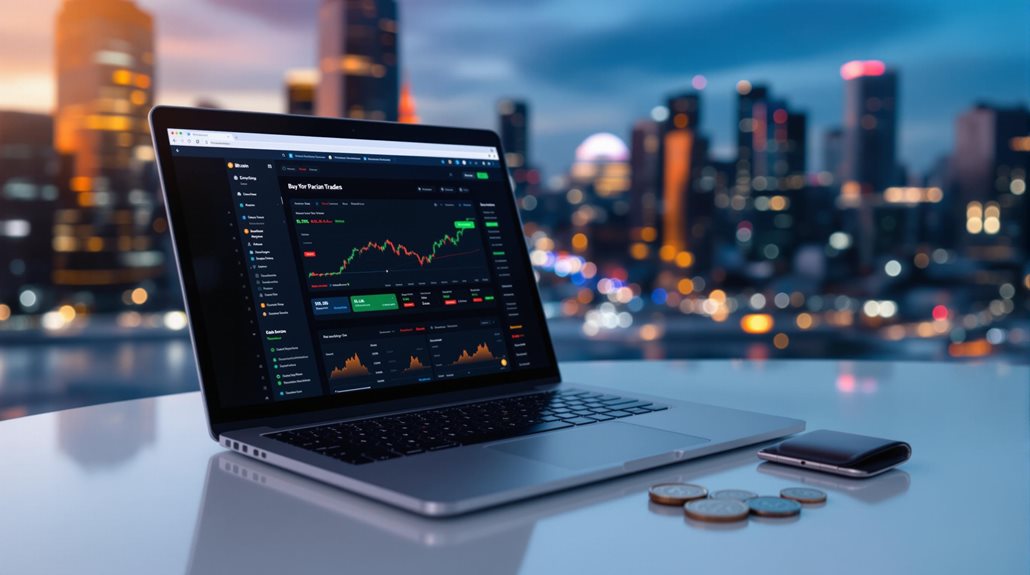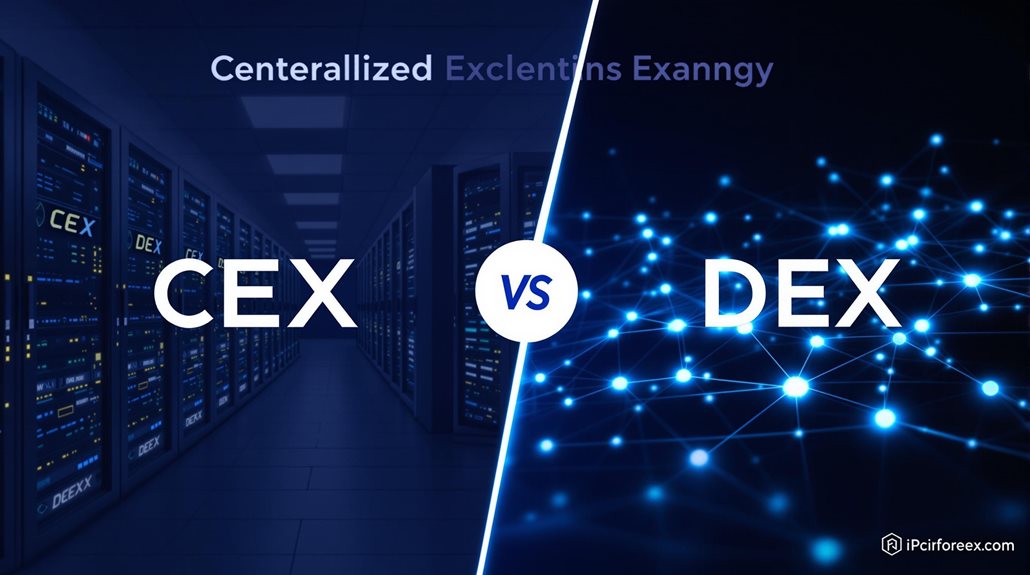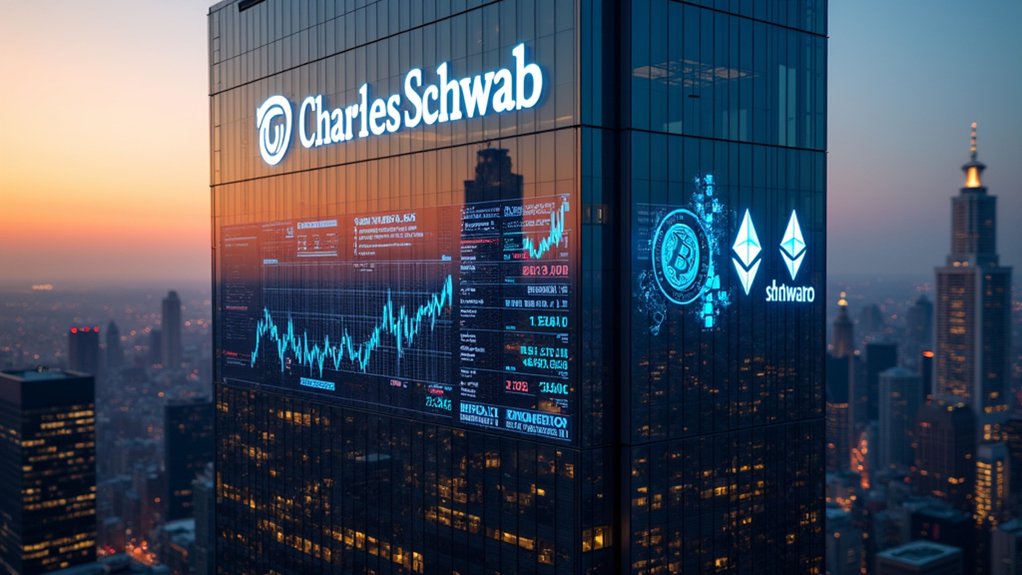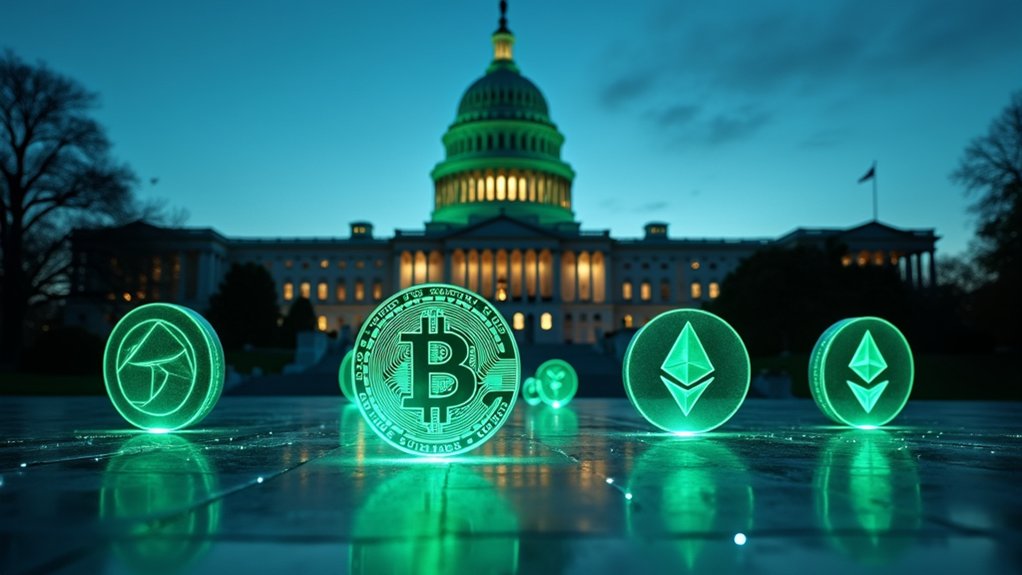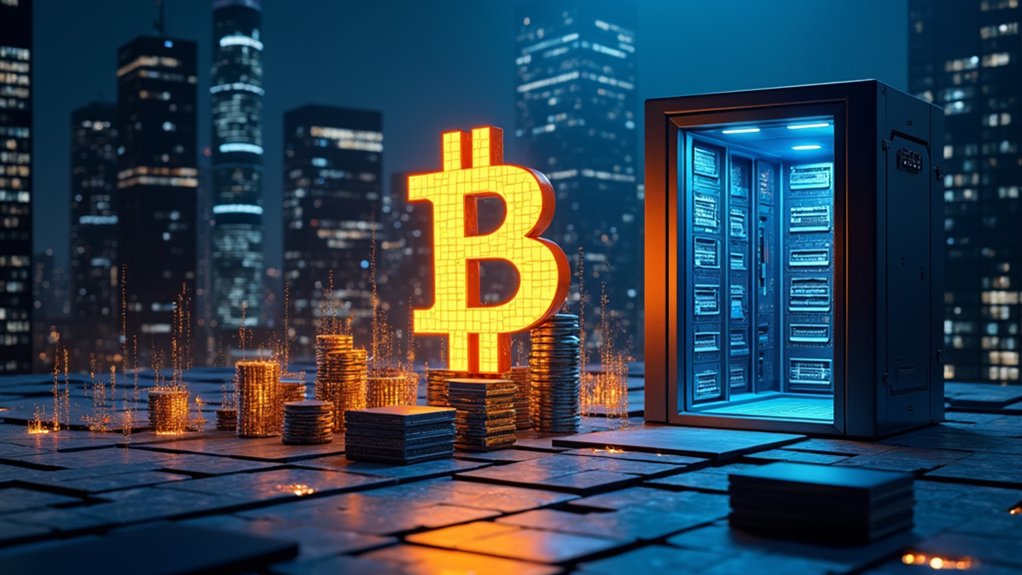Partial bitcoins can be purchased through cryptocurrency exchanges, Bitcoin ATMs, and peer-to-peer platforms. Known as "fractions" or "bits," these smaller units are as tiny as one hundred millionth of a bitcoin (called a Satoshi). Investors don't need thousands of dollars to start – many platforms allow purchases of just a few dollars worth. While the crypto market can be volatile, fractional buying makes bitcoin more accessible to everyday people. There's much more to understand about this digital currency's flexibility.
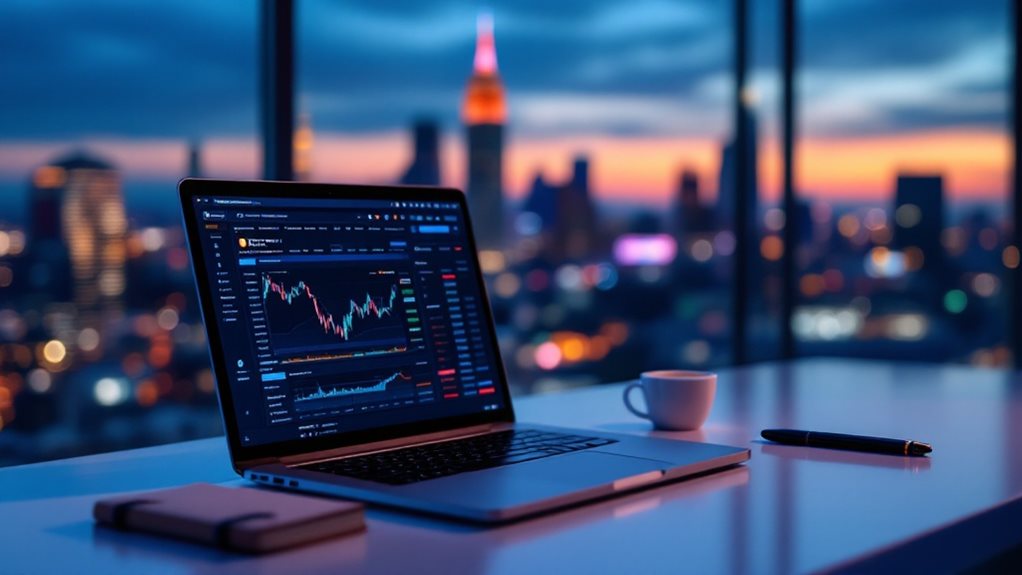
While Bitcoin's high price might seem intimidating to new investors, it's possible to buy just a fraction of a single Bitcoin. Bitcoin can be divided into incredibly small pieces, up to eight decimal places. The smallest unit of Bitcoin is called a Satoshi, which equals 0.00000001 BTC. There are 100 million Satoshis in one Bitcoin, making it easy for people to buy small amounts that fit their budget.
Investors can purchase partial Bitcoin through several different methods. Cryptocurrency exchanges like Coinbase and Gemini offer straightforward ways to buy fractional amounts. Bitcoin ATMs located in various places accept cash or debit cards for partial purchases. Peer-to-peer platforms connect buyers directly with sellers, while many crypto wallets now include built-in exchange features. Most reputable exchanges require users to complete identity verification before making purchases. Traditional brokers have also started offering cryptocurrency trading services to their customers. Most platforms require a minimum of $10 to begin investing in Bitcoin. Moving purchased coins to a personal wallet is crucial for security.
The ability to buy partial Bitcoin has made cryptocurrency more accessible to everyday people. There's no need to invest thousands of dollars to get started. Instead, investors can begin with smaller amounts and gradually build their holdings over time. This flexibility allows people to use strategies like dollar-cost averaging, where they invest fixed amounts at regular intervals regardless of the price.
When buying partial Bitcoin, there are several important factors to reflect on. Transaction fees can take a bigger bite out of smaller purchases, so it's worth checking the fee structure before buying. It's also essential to use reputable platforms for purchases, as the cryptocurrency market isn't as regulated as traditional financial markets. Safe storage is crucial since most exchanges now offer cryptocurrency wallets for secure holdings. Buyers need to think about how they'll store their Bitcoin safely, usually in digital wallets that can hold both full and partial amounts.
The current market value of Bitcoin changes frequently, sometimes dramatically. This volatility means the value of partial Bitcoin holdings can go up or down quickly. There are also regulatory and tax implications to reflect on, as many countries have specific rules about cryptocurrency transactions and gains. Each transaction, no matter how small, might need to be reported for tax purposes.
The option to buy partial Bitcoin has opened up the cryptocurrency market to more people. Whether someone wants to invest a few dollars or several hundred, they can own a piece of Bitcoin. This divisibility has helped make cryptocurrency more democratic and accessible to anyone interested in participating in this digital financial innovation.
Frequently Asked Questions
How Long Does It Take to Earn a Full Bitcoin Through Mining?
The time to mine one Bitcoin isn't fixed – it depends on several factors.
With today's high-end mining equipment running 24/7, it typically takes months to years to earn a full Bitcoin.
Network difficulty, electricity costs, and mining hardware power all affect the timeline.
Mining pools help speed up earnings by combining resources, but even then, it's not quick.
The process gets longer over time as difficulty increases.
What Happens to Partial Bitcoins if the Exchange Platform Shuts Down?
When an exchange platform shuts down, partial bitcoins face the same fate as full bitcoins – they're at risk.
If the exchange goes bankrupt or closes, customers might lose access to their funds. The outcome depends on the shutdown reason.
Sometimes, users get their coins back through legal processes. Other times, they lose everything.
It's similar to when a bank closes, but crypto exchanges don't have the same government protections.
Can I Convert My Partial Bitcoins Back to Regular Currency Instantly?
Partial bitcoins can be converted to regular currency instantly through various cryptocurrency exchanges and platforms.
It's similar to exchanging foreign money. Users can swap their bitcoin portions for dollars, euros, or other currencies using crypto exchanges, mobile apps, or bitcoin ATMs.
While instant conversion is possible, there are usually fees involved, and exchange rates can vary between platforms.
The speed of conversion often depends on the chosen payment method.
Are Transaction Fees Different for Partial Bitcoin Purchases Versus Whole Ones?
Transaction fees don't depend on how much Bitcoin someone sends – whether it's a tiny fraction or multiple whole bitcoins.
Instead, fees are based on the transaction's data size in bytes. It's like paying for shipping based on a package's size rather than what's inside.
Network congestion also affects fees. The blockchain doesn't treat partial and whole bitcoin transactions differently when it comes to fees.
Which Cryptocurrency Wallets Are Best for Storing Partial Bitcoin Amounts?
Several wallet types can handle partial bitcoin amounts.
Mobile wallets like Mycelium work well for smaller amounts and everyday use.
Desktop wallets such as Electrum offer more security features.
Hardware wallets like Ledger and Trezor provide the highest security for any amount.
Multi-currency wallets let users store partial bitcoin alongside other cryptocurrencies.
Web wallets connected to exchanges make it easy to trade fractional amounts but aren't as secure.
